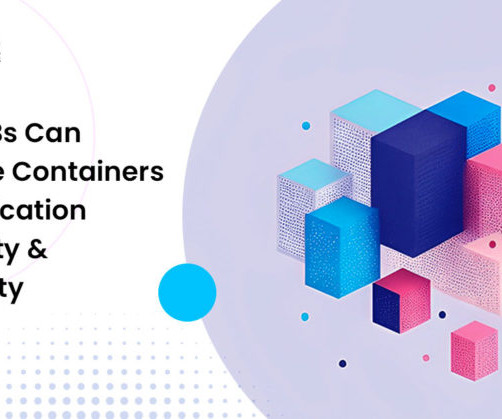Types of enterprise resource planning (ERP) systems
IBM Services
DECEMBER 1, 2023
Enterprise resource planning (ERP) is a business management software built to do just that. ERP systems by deployment options Some of the more well-known ERP software offerings are SAP S/4HANA , Oracle Netsuite , Microsoft Azure , Infor CloudSuite and Acumatica Cloud ERP.












Let's personalize your content